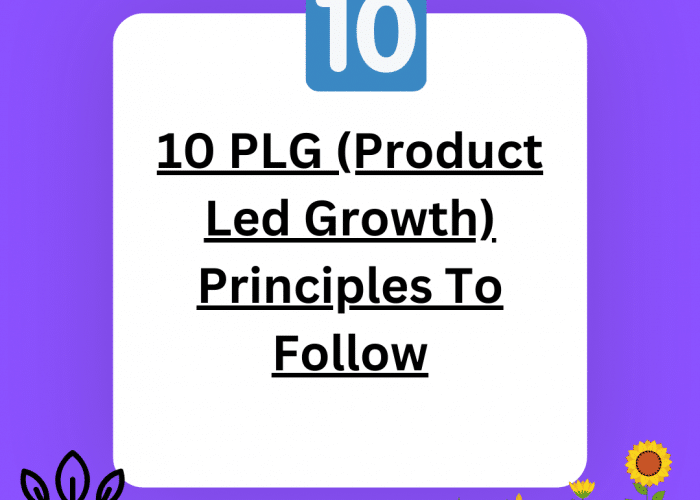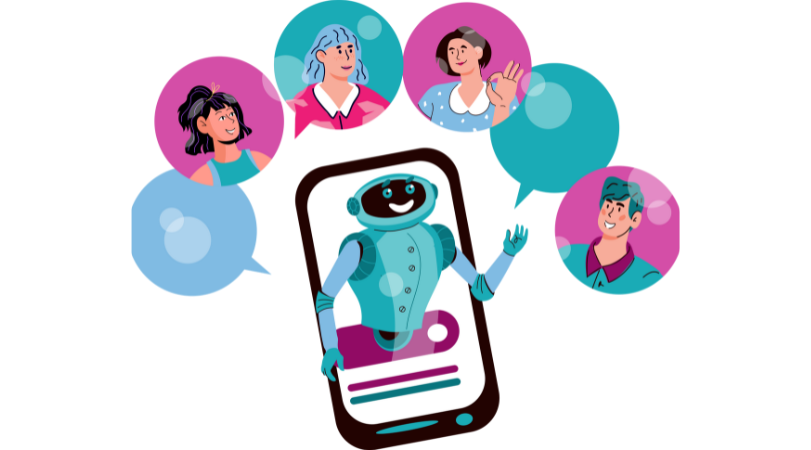Are you tired of the same old sales and marketing tactics that promise growth, but don’t deliver?
Well, put down that tired old playbook, my friend, because it’s time to embrace the power of Product Led Growth (PLG)
PLG is a business model that prioritizes the product itself as the primary driver of customer acquisition, retention, and expansion. And if you’re ready to harness the power of PLG, then you’re in luck!
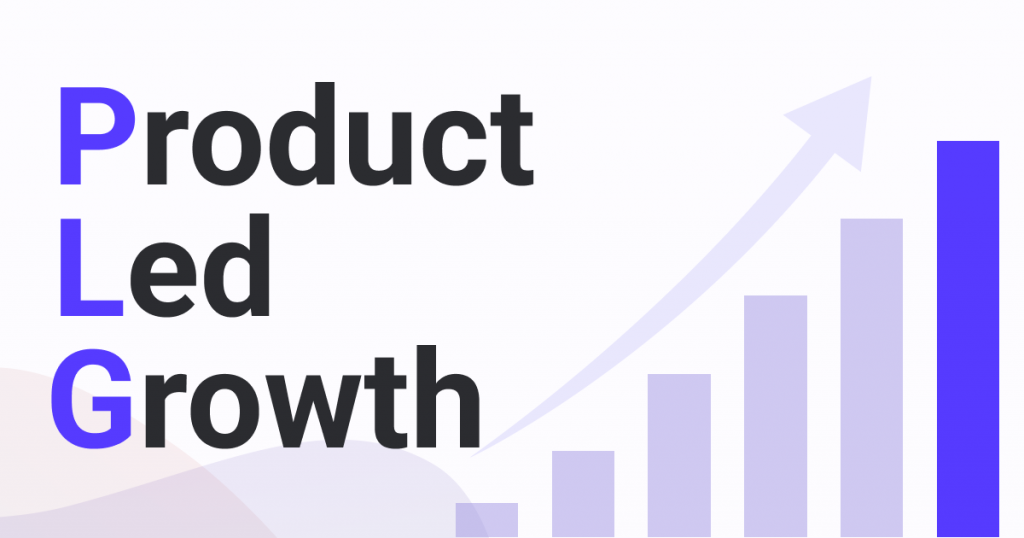
In this blog, we’re going to share with you 10 PLG principles to follow that will help you build a product that sells itself and drive sustainable development for your business.
So, let’s dive in and start building products like leaders of the professional learning groups keep innovating to grow!
What Is Product-Led Growth (PLG) Business Model 💪
Product-led growth (PLG) is a business strategy that places a premium on the product as the main engine of client attraction, retention, and development.
In other words, PLG businesses prioritize developing a product that is so valuable and simple to use that it naturally spreads through word-of-mouth and attracts new users rather than depending on conventional sales and marketing approaches to recruit and retain clients.
The PLG model often entails providing a free or inexpensive version of the product with constrained functionality before enticing users to upgrade to a more expensive version with more features and advantages.
The goal of PLG businesses, for business leadership, is to foster strong customer loyalty and produce long-term development by giving people a high-quality product experience.
What Are Product-Led Growth (PLG) Principles 🧑💼
Product-Led Growth (PLG) principles are a set of guidelines that businesses can follow to build a product-centric advancement strategy that prioritizes customer needs and fosters sustainable development.
At the core of PLG principles is the idea of building a product that solves a real problem and provides value to customers upfront. This means identifying a problem that your target customers face and building a product that solves it better than any existing solutions.
PLG businesses also prioritize user experience by creating a product that is intuitive, easy to use, and provides a seamless experience.
10 Product-Led Growth (PLG) Principles 👇🏻
Develop a product/service that solves real world problems of customers 📃
To apply the PLG principle of building a product that solves a real problem, you need to identify a pain point or challenge that your target customers face, and create a solution that effectively addresses it.
Here are the steps to build a product that solves a real problem using PLG:
- Identify the customer problem: Conduct research to understand the challenges your target customers face in their daily lives. This could involve surveys, user interviews, or analyzing customer feedback. For example, suppose you run a healthcare startup and find that patients struggle to keep track of their medications, leading to missed doses and ineffective treatment.
- Define the value proposition: Once you’ve identified the customer problem, define your value proposition, which explains how your product solves the problem. In our example, the value proposition could be a medication management app that reminds patients when to take their medications and tracks their progress.
- Build a minimum viable product (MVP): Develop a minimum viable product (MVP) that offers the core functionality of your solution. The MVP should be simple and easy to use, with features that align with the value proposition. For the medication management app, the MVP could include features such as setting reminders, tracking medications, and sending notifications to caregivers. You can always hire an MVP development company to make your product fast and professionally.
- Measure product success: Measure the success of your MVP by tracking key performance indicators (KPIs), such as user engagement, retention, and conversion rates. Use this data to iterate on the product and improve its features based on user feedback.
- Scale the product: As your product gains traction and positive feedback, scale its features and functionality to cater to a broader customer base. You can also leverage word-of-mouth marketing and customer referrals to drive advancement.
Example: Dropbox initially identified that customers struggled to transfer large files across devices, leading to lost data and time-consuming workarounds. Their value proposition was a cloud-based file storage system that allowed users to sync files across devices, collaborate with team members, and access their files from anywhere.
Dropbox’s MVP was a simple drag-and-drop interface that allowed users to upload and share files, and its success was measured by user engagement and referral rates. As Dropbox scaled its product, it added features such as file recovery, collaboration tools, and integrations with other apps to cater to a broader customer base. Dropbox’s focus on solving a real problem and providing a seamless product experience has made it one of the most successful PLG companies.
Focus on user experience ✌🏼
Focus on user experience is a fundamental principle of PLG that prioritizes delivering a seamless and enjoyable user experience to drive user engagement, retention, and ultimately, advancement. To apply this principle, PLG companies focus on designing products that are intuitive, user-friendly, and align with the needs and preferences of their target users.
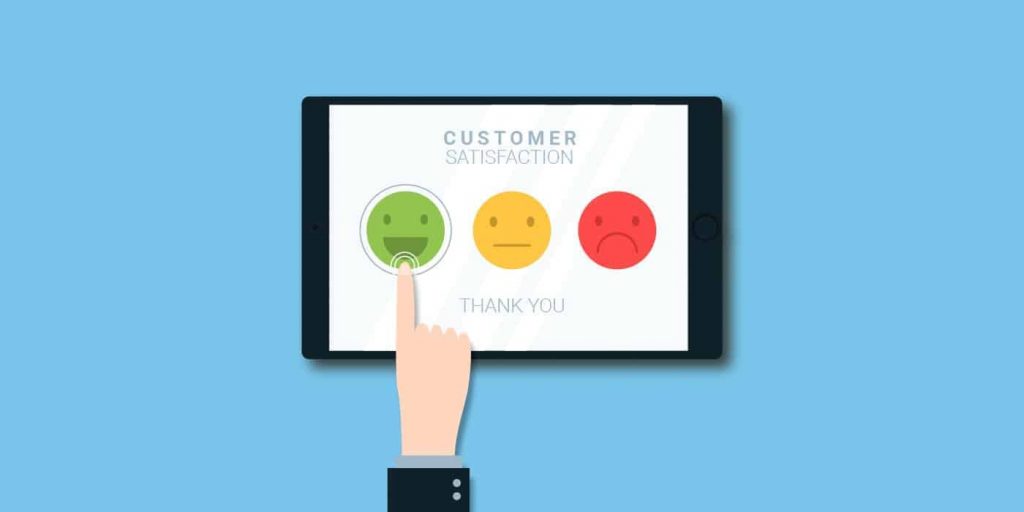
Here are the steps to focus on user experience as a PLG principle:
- Conduct user research: Conduct research to understand the needs and preferences of your target users. This could involve surveys, user interviews, or analyzing customer feedback. The goal is to gain insights into what features and functionalities are most important to your users.
- Define user personas: Based on the research, create user personas that represent different segments of your target audience. User personas help you understand your users’ goals, motivations, and pain points, which can inform your product design.
- Design user-centered products: Design products that are intuitive, user-friendly, and align with the needs and preferences of your user personas. This involves creating user flows, wireframes, and prototypes that incorporate user feedback and testing the product with real users to ensure it meets their needs.
- Measure user experience: Measure the success of your product by tracking key performance indicators (KPIs), such as user engagement, retention, and satisfaction rates. Use this data to iterate on the product and improve its features based on user feedback.
- Continuously improve user experience: Continuously improve your product’s user experience by gathering feedback and insights from users and incorporating them into the product design. This creates a cycle of continuous improvement that aligns with the PLG principle of using the product experience to drive advancement.
Example: Canva is a graphic design platform that allows users to create professional-looking designs with ease, even if they have no prior design experience. Canva focuses on user experience by providing a simple, intuitive interface that makes it easy for users to create designs quickly.
Canva’s product design incorporates user feedback, such as the ability to save templates and collaborate with team members, to ensure the product aligns with the needs and preferences of its users. Canva also measures user experience by tracking metrics such as user engagement and retention, which has led to continuous improvement of the product’s features and functionalities. Canva’s focus on user experience has helped it grow rapidly and become one of the most successful PLG companies.
Provide value upfront 💰
“Provide value upfront” is a key PLG principle that involves offering customers a free or low-cost version of the product that provides real value, enabling them to experience the benefits of the product before committing to paying for it. This principle is based on the idea that if customers see the value of the product upfront, they are more likely to become paying customers and remain loyal over time.
Example: HubSpot, a marketing and sales platform that offers a free CRM (customer relationship management) tool that provides real value to small businesses. The free tool enables users to manage their contacts, deals, and tasks, making it an essential tool for small businesses without the budget for a dedicated CRM. This free tool has helped HubSpot to build a large user base and attract paying customers who see the value in the full suite of marketing and sales tools that the company offers.
Encourage word-of-mouth referrals 📩
“Encourage word-of-mouth referrals” is another key PLG principle that involves designing a product to be shareable and encouraging existing users to refer their friends and colleagues. This principle is based on the idea that word-of-mouth referrals are a powerful way to attract new customers, as people are more likely to trust recommendations from friends and family.
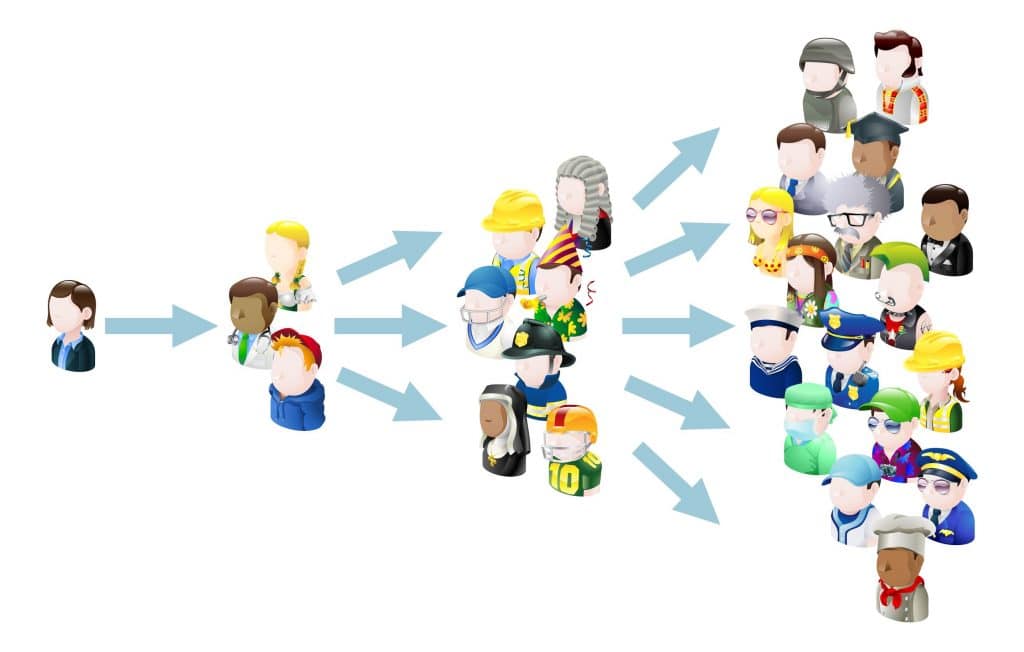
Example: WeTransfer makes it easy for users to share large files with others by providing a simple, user-friendly interface that allows users to upload and share files with just a few clicks. When a user shares a file using WeTransfer, the recipient receives an email with a download link, along with a message from the sender. This message includes a link to sign up for WeTransfer, encouraging the recipient to become a user themselves.
Foster a product-led culture 📍
“Foster a product-led culture” is a fundamental PLG principle that involves creating a company culture that puts the product and its users at the center of everything the company does. This principle is based on the idea that a product-led culture helps to create a deep understanding of the customer and their needs, enabling the company to design products that meet those needs and provide real value.
Example: Slack, a messaging platform for teams. Slack has built a culture that puts the user at the center of everything the company does, with a focus on creating a product that is intuitive, user-friendly, and designed to meet the needs of teams in the workplace. This culture has helped Slack to become a market leader in its industry, with millions of active users around the world.
By fostering a product-led culture, these PLG companies have been able to create a deep understanding of their customers and their needs, enabling them to design products that provide real value and drive sustainable development over time. This principle is essential for any company looking to implement a successful PLG strategy and build a product that users love.
Empower users to succeed 💯
“Empower users to succeed” is another key PLG principle that involves providing users with the tools, resources, and support they need to be successful with your product. This principle is based on the idea that if users are successful with your product, they are more likely to become loyal customers and recommend your product to others.
Example: Canva, a graphic design platform that allows users to create a wide variety of designs, from social media posts to business cards. Canva has built a suite of features and resources that are designed to help users succeed with the platform, including a library of design templates, a drag-and-drop interface that makes it easy to create designs, and a learning center with tutorials and articles that teach users how to use the platform effectively.
Canva also provides users with a range of support options, including a help center with answers to common questions and a community forum where users can ask for help and share tips and advice. By providing users with these tools and resources, Canva has empowered its users to succeed with the platform, helping them to create high-quality designs and driving long-term engagement and loyalty.
Prioritize customer feedback ✅
“Prioritize customer feedback” is a crucial PLG principle that involves collecting and analyzing feedback from customers to inform product decisions and improve the user experience. This principle is based on the idea that by listening to customers and incorporating their feedback into product development, companies can create products that better meet their needs and ultimately drive advancement.
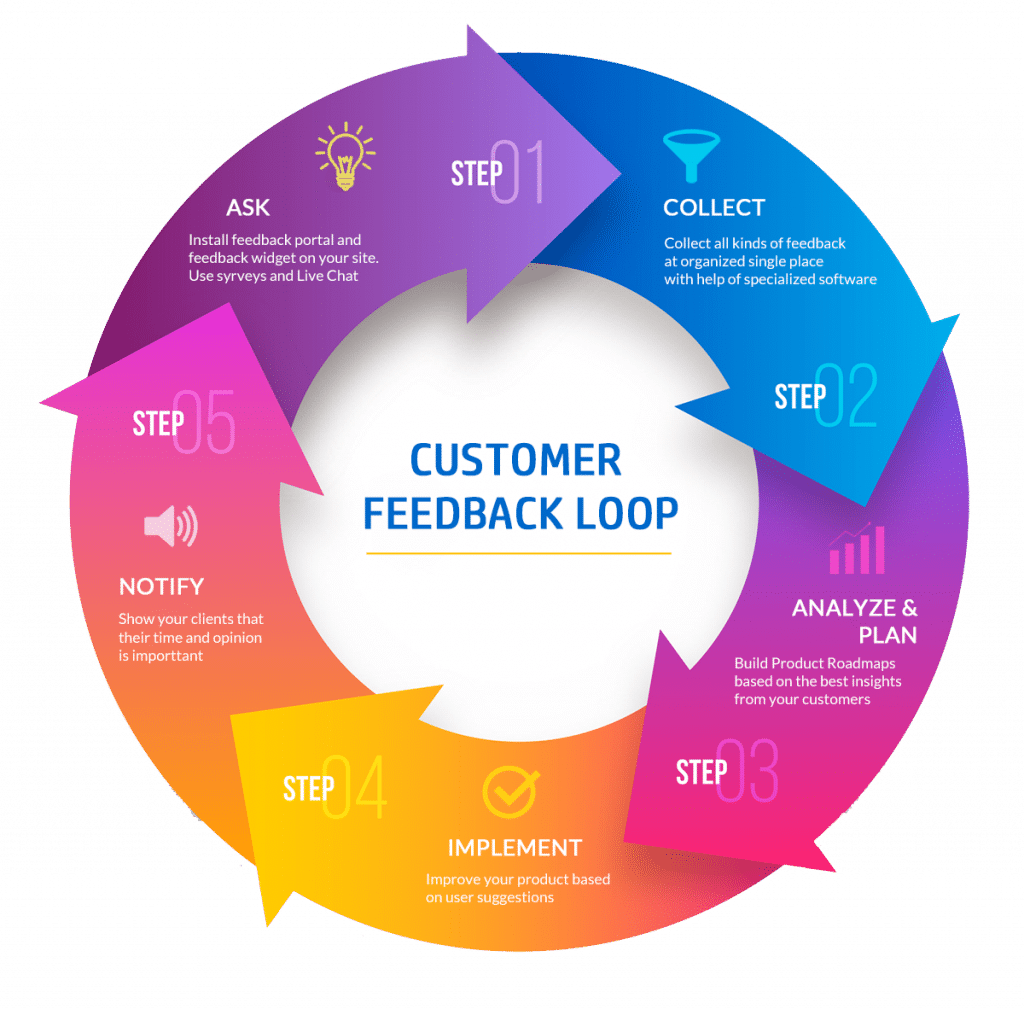
Example: Airbnb, a platform that connects travelers with unique accommodations around the world. Airbnb regularly collects feedback from its users through a variety of channels, including surveys, customer support interactions, and reviews. This feedback is then used to inform product decisions, with the goal of improving the user experience and increasing customer satisfaction.
For example, in response to customer feedback about the booking process being confusing and cumbersome, Airbnb redesigned its website and mobile app to make it easier for users to book accommodations. The company also implemented a feature that allows users to save favorite listings and create wishlists, based on customer feedback about the difficulty of keeping track of interesting listings.
By prioritizing customer feedback, Airbnb has been able to create a product that meets the needs of its users and drives development over time. This feedback-driven approach has enabled Airbnb to maintain a strong competitive advantage in the travel industry and establish itself as a leader in the space.
Optimize for retention 👍🏻
“Optimize for retention” is a PLG principle that emphasizes the importance of focusing on retaining users over acquiring new ones. The idea is that it’s much more cost-effective to keep existing users engaged and satisfied than to constantly try to bring in new users to replace those who leave.
Example: Instagram. Instagram’s focus on retention can be seen in the app’s features that are designed to keep users engaged and coming back for more. For example, Instagram’s algorithm shows users content that they are more likely to be interested in based on their previous behavior, which helps keep them engaged with the platform. Additionally, Instagram’s Explore page, which is personalized for each user, shows content that is tailored to their interests, keeping them engaged for longer periods.
Instagram also encourages user interaction by offering features like direct messaging, the ability to tag and mention other users, and the option to follow and unfollow other users. These features help users build a sense of community and stay engaged with the platform.
Overall, Instagram’s focus on retention has been a key factor in its success. By keeping users engaged and satisfied, the platform has been able to build a loyal user base that continues to grow over time, while also attracting new users through word-of-mouth recommendations from existing users.
Enable virality 🤳🏻
“Enable Virality” is a Product-Led Growth (PLG) principle that involves creating product features or functionalities that encourage users to share the product with others, leading to exponential advancement through word-of-mouth.
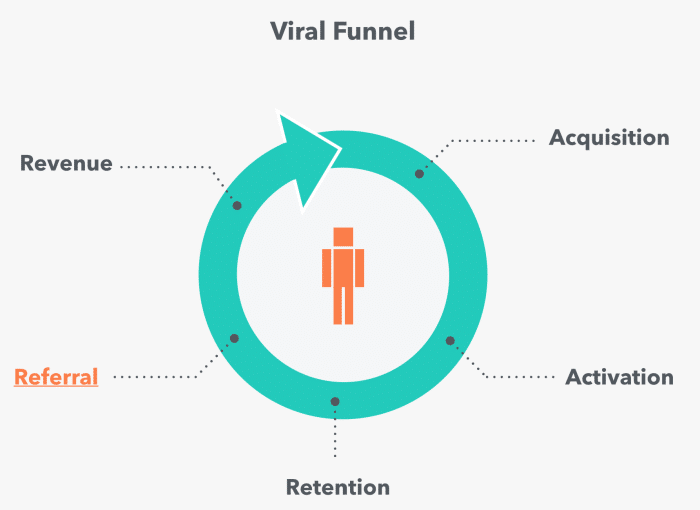
Example: Dropbox, a cloud storage service. Dropbox enables users to share files and folders with others, even if they do not have a Dropbox account. This feature makes it easy for users to share files with friends, family, and colleagues, who then become aware of Dropbox and may sign up for the service themselves.
Additionally, Dropbox incentivizes users to refer others to the service through their referral program. Users can receive additional storage space for free by referring friends to Dropbox. This encourages users to share the product with others and helps Dropbox acquire new users at a low cost.
Measure and optimize
“Measure and optimize” is a Product-Led Growth (PLG) principle that involves using data to measure the effectiveness of product-led strategies and continually optimizing them to improve user acquisition, retention, and conversion rates.
Example: HubSpot offers a free CRM tool that allows users to manage customer data and interactions. They also offer a free Marketing Hub tool that includes email marketing, landing pages, and analytics. By offering these free tools, HubSpot can attract users who may eventually upgrade to their paid plans.
HubSpot uses data to track the performance of their free tools, such as the number of users who sign up for them and how many eventually upgrade to paid plans. They also measure the effectiveness of their content marketing, such as blog posts and webinars, by tracking metrics such as traffic, engagement, and lead generation.
Based on this data, HubSpot continuously optimizes their product-led development strategies to improve user acquisition, retention, and conversion rates. For example, they may adjust their free tool offerings or content marketing tactics based on what is most effective in driving user engagement and upgrades.
By measuring and optimizing their product-led development strategies, HubSpot has been able to achieve significant advancement and become a leader in the marketing software industry.
Conclusion
In conclusion, implementing the right Product-Led Growth (PLG) principles can help businesses create a sustainable, user-driven growth model. By focusing on delivering value to users, optimizing the product experience, and leveraging data to measure and optimize strategies, businesses can drive exponential advancement and long-term success.
Whether you’re a startup or an established enterprise, incorporating these 10 PLG principles into your business strategy can help you stay ahead of the curve in today’s rapidly evolving market.
So, start implementing these principles today and take your business to new heights.
Do you also relish reading startup books? Here are best ones picked out for you!
Read More
Buyers guide to AI Writing Software
Product-led growth: 3 important lessons from the front line
Frequently Asked Questions (FAQs)
What does PLG mean?
Product-led growth (PLG) is a business strategy in which a company focuses on creating a product that is so good that it naturally attracts and retains users, leading to organic and sustainable growth of the business. PLG is characterized by the product itself being the primary driver of customer acquisition, retention, and expansion, as opposed to traditional sales and marketing tactics.
What does PLG mean in marketing?
In marketing, product-led growth (PLG) is a strategy that focuses on using the product itself as the main driver of customer acquisition and retention. In a PLG model, the goal is to create a product that is so useful and valuable that it naturally attracts and retains users, leading to organic and sustainable growth.
Top PLG examples?
Top examples of PLG based companies in 2023 include:
Slack
Dropbox
Calendly
DocuSign
HubSpot
ClickUp
Figma
What are PLG principles?
There are several key principles of product-led growth (PLG) that companies can follow to implement this strategy effectively. Here are some of the main principles:
Focus on delivering a great user experience
Provide value upfront
Optimize for self-service
Encourage product virality
Collect user feedback
Monitor and analyze user behavior

